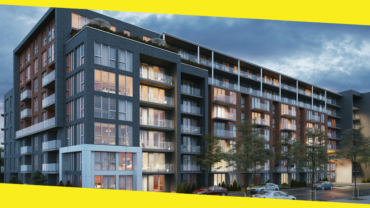Noise Control for Commercial and Residential Buildings

Noise is an unwanted sound transmitted by vibrations through the air, walls, floor, or ceiling. In-home or office fees, there are three ways to control sound transmission:
- Increase the set of partitions
- Break the path of vibration
- Cavitation absorption.
- An increase in the mass of sound wall constructions can present a problem in constructing lighter weights because the extra weight may not be structural, practical, or aesthetically pleasing, not to mention more expensive.
- Breaking the vibration path – commonly called uninterrupted construction provides a practical method of reducing sound transmission by 6 to 10 dB.
- Absorption of cavities using fiberglass insulation to fill space in walls and floors/ceilings can further improve unstable constructions.
Contents
ToggleSound transmission
Roof flings can be prevented by creating partitions from floor to ceiling or floor deck. However, this is often impossible due to obstructions such as pipes, ducts, and HVAC ducts in the roof plenum. In some of the HVAC designs, the ceiling plenum is also used as an air return, and the partitions cannot block the plenum. There are two methods to reduce roof flanging noise when this condition occurs.
Residential construction
In dwellings, exterior walls should be constructed in stud cavities with elastic furring channels and fiberglass insulation. If a residence is affected by overhead aircraft, elastic channels should be used in roof/roof assemblies and the attic using at least 9-inch flower-in fiberglass insulation. The top of the insulation joints should be covered by at least 1 inch.
There should be at least several windows and doors next to the house facing an external noise source. When this side window is required, it should sound with an STC of at least 40. The same is true for the doors facing a sound source.
Recent retrofit programs conducted at a residence near the airport to reduce internal noise levels caused by aircraft have shown that it is important to seal all sound leaks in the building. All the fresh air intakes and exhausts must have silencers or mufflers. Additional insulation is also installed in most residences in the attics to reduce overhead noise.
Commercial construction
In commercial buildings built near highways or train tracks, the exterior building walls should have at least 50 STCs. The window and door should have an STC of at least 40 or 45, depending on the window and door area. Roof systems should also have a minimum STC of 50 if the aircraft is flying over the building. Higher STC values may be required if the aircraft is flying close to the building. In this case, a sound engineer should be consulted.
Impact noise control
The walls are rated only in terms of their STC value. The floor/ceiling must also control noise caused by an impact, such as walking or moving furniture.
A person walking on the floor makes an impact noise that is easily transmitted to the room below. While carpets and pads can cushion the impact and reduce impact noise generation, fiberglass insulation reduces the impact and air noise transmitted through the floor/ceiling assembly. Like STC, the lower the IIC value of the floor/ceiling, the better its ability to control impact sound wall construction and transmission.
Recommended For You
New Presale Condos in Montreal to Look Forward to in 2019
Most Inside
Most Inside offers high-quality recommendations and valuable updates to enhance all aspects of your life, providing premium guidance and enriching experiences.




